If you describe teletext as obsolete, you couldn’t be more wrong. It is one of the most popular media in Scandinavia. Here in Sweden for example, teletext is still the #1 public service medium, and commercial channels still sell plenty of advertising for it. Despite public service serving people with decent content on tv and www, most of us can not stay away from teletext. It remains the #1 public service medium in Sweden, and in 2011 it was also the most popular app for the iPad, and the third most popular iPhone-app. Stick it to the hi-res man!
And you’re thinking: omg wtf lol why? I’m not sure. But it’s not due to a lack of fast internet. The access to high speed broadband internet is high around here, which indicates that “internet” is not a competitor to teletext. Teletext was not replaced by www, because the hi-res spam freedom of the web is no match for the editorial no-bullshit-no-advertising tranquility of teletext. Atleast not for the time being.
Now when that’s clear, let’s turn to teletext art. If context is what defines art, then teletext art is a quite recent thing. Early examples include works by Maki Ueda (Dutch TV, 2000), Jodi’s noisy Teletext (Dutch TV and www, 2002) and the xxxellent Teletext Babez by Dragan Espenschied (Dutch TV, 2001). Microtel (Dutch TV, 2006) was a group exhibition that involved plenty of people from the micromusic.net community. Page 444 by MOMS (Icelandic TV 2007) is also worth mentioning here, although the YouTube-clip has been removed since I found it in 2008.
We should also note Dan Farrimond’s The Pixel Is Power (2008), the first (?) teletext video clip I Will Glam (Spanish TV, 2009), The Sound of Ebay by Ubermorgen (www, 2008), För Text-TV i Tiden by Fredrik Olsson & Otto von Busch (Swedish TV, 2010) and fok_it by Joonas Rinta-Kanto (Finnish TV 2012). UPDATE: Also check out the conceptual Social Teletext Network (2013).
And of course, the International Teletext Art Festival is right now doing its second year, running in a number of European countries. I was asked to contribute, so I presented my Remote Control Music Studio. This year it seems to receive more attention than before, and will be featured at the prestigous Ars Electronica art festival.
The last few years Raquel Meyers has been doing plenty of teletext work, and I’ve been lucky enough to make music and stuff for it. We used teletext for live VJing at Transmediale earlier this year (Mind the Volcano) and at Bonniers Konsthall we exhibited Datagården – a teletext graveyeard, remote controlled by the visitors. In Datagården there was also a DIYobituary, with a video-camera/teletext feedback loop, as shown below.
These things ran on standard TVs, since it used the teletext inserter vbit by Peter Kwan. At the time this was the only affordable option for custom teletext, but now there are even cheaper solutions for Raspberry Pi (with less features, though).
If we turn away from the art world and consider teletext art in terms of craft and techne, teletext art is much older. Ever since the early years in the late 1970s people have been trying to master the craft of teletext. And it’s no simple task. Teletext only uses text characters (with semigraphic characters for the pixel-style) and 8 colours.
You can use control characters to change colour and size, aswell as add effects such as blink. But these control characters are shown as blanks, so changing a colour means that you have to insert an empty character. This is why there are usually thick black outlines in teletext graphics* and it’s also why horizontal compositions are so common. Below is a piece by LIA for the ITAF 2013 exhibition:
Almost all teletext graphics have been lost. It is not easy to archive for researchers since it exists somewhere “outside” the screen. For the TV-companies it would be easy to save the teletext pages, but I would be surprised if they ever did.
But hey – you might have a teletext archive at home! If you have a VHS-tape with a movie recorded from a TV-channel with teletext, you can play the tape and browse teletext as it appeared when the movie was aired. If you’re lucky, anyway. If you are one of those rare SVHS-people, chances are much higher.
Even so, there are still plenty of good teletext works online. We collect many of them at text-mode.tumblr.com/tagged/teletext. Go there and check it out (NSFW and meanwhile you should check these two teletext animation series:
Hands Up! by Intelfax. A mindblowing effort! An animation series to teach sign language. It was done on a BBC computer (which had built-in support for teletext) using the Movie Maker software. Although it might seem absurd to do this in text-mode instead of using pixel graphics, this was likely a good option for long animations, considering the amount of memory available. Btw: teletext graphics was also (sort of) supported by the ABC80 computer, aiit.
Bill Geers painstakingly animated biblical stories in teletext are equally impressive to Hands Up and afaik made with similar tools.
If you want to dig more into the world of teletext, you should also check out its sibbling protocols: the interactive videotex used both teletext and more complex protocols like antiope (used by Minitel) where you could change the font, and telidon that also featured vector graphics. Check out John Fekner’s Toxic Waste From A to Z below. Finally, there’s telesoftware and the bizarre browse-the-internet-over-your-phone-in-public-on-a-specific-teletext-page thing 3text maffian (in Swedish).
* Pro tip: circumvent the blank control characters by clever uses of background/foreground colours and “inverted” characters.
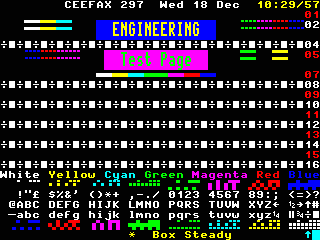
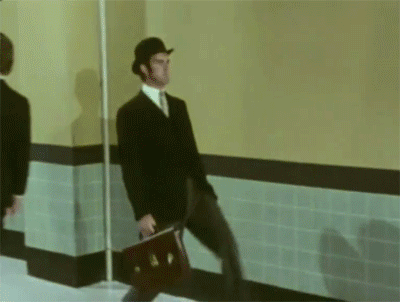
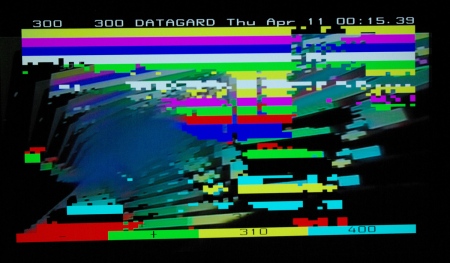
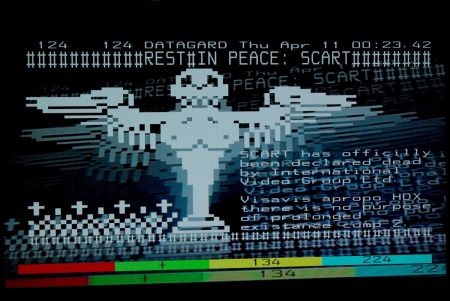
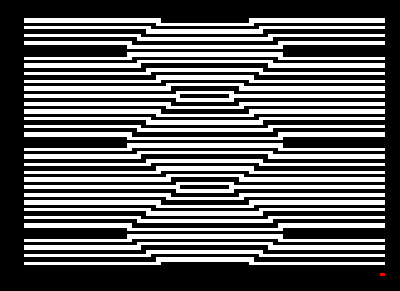
August 26, 2013 at 9:12 pm |
[…] Read Teletext Art – An Overview at […]
September 6, 2013 at 1:12 pm |
[…] last week to the ALT CPH in Fabrikken during the Copenhagen Art Week. Given that tele-text is the number one public information service in Scandinavia it only made sense to present the information about F.A.T and the works we presented in this way. […]
February 19, 2014 at 8:21 am |
[…] Teletext Art – An Overview by Goto80 […]
February 25, 2014 at 1:27 am |
[…] Teletext Art – An Overview by Goto80 […]
May 8, 2017 at 11:54 am |
[…] kann auch Kunst sein, n-tv.de Teletext Art – An Overview by Goto80 The Voluptuous Blinking Art of Teletext, Rhizome “Internationalen Teletext Art […]